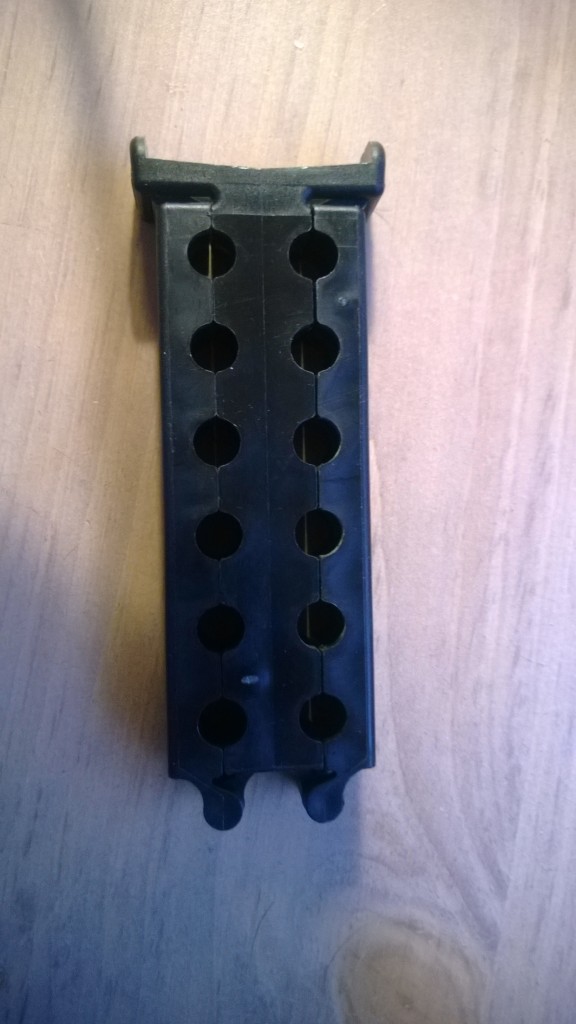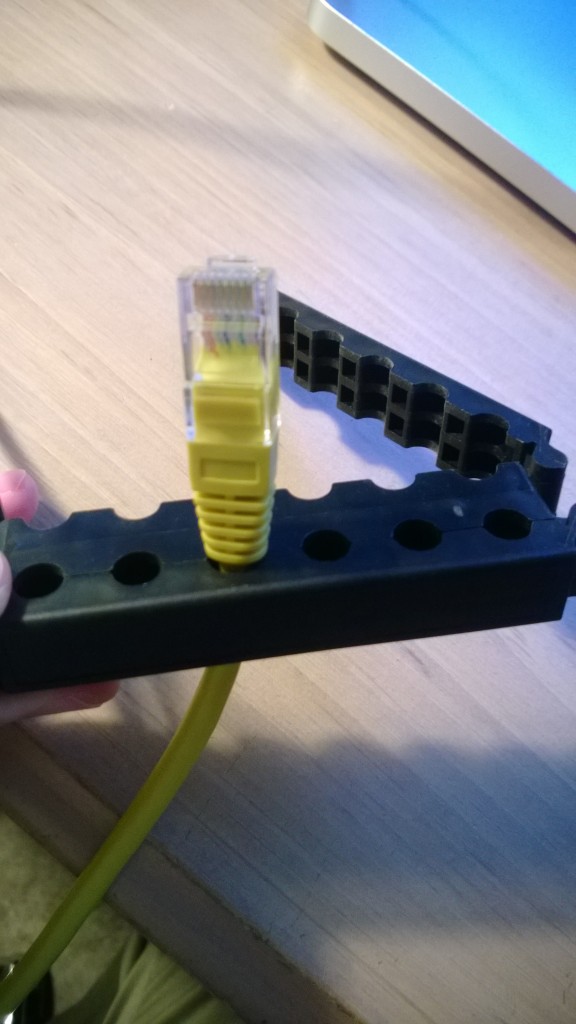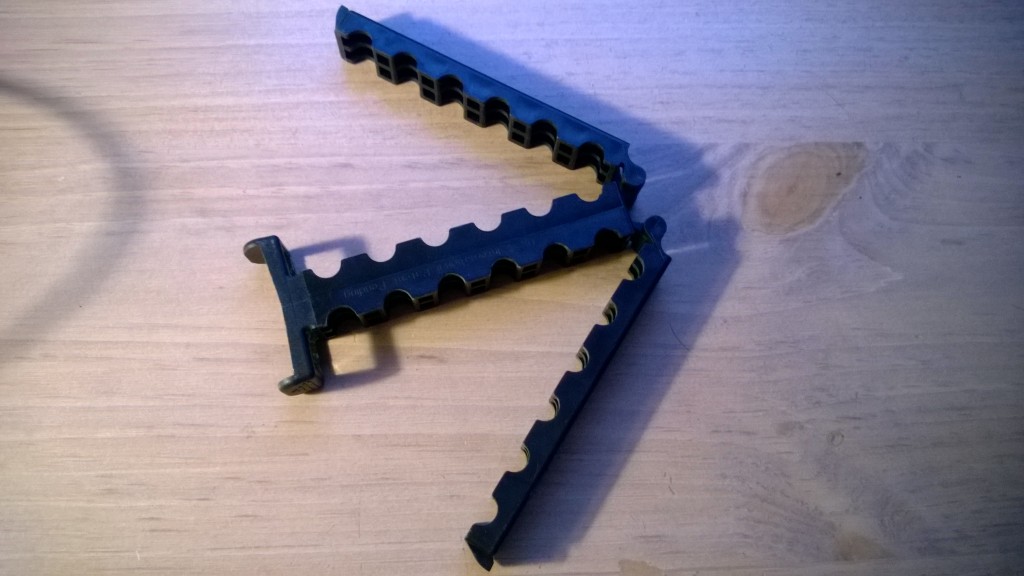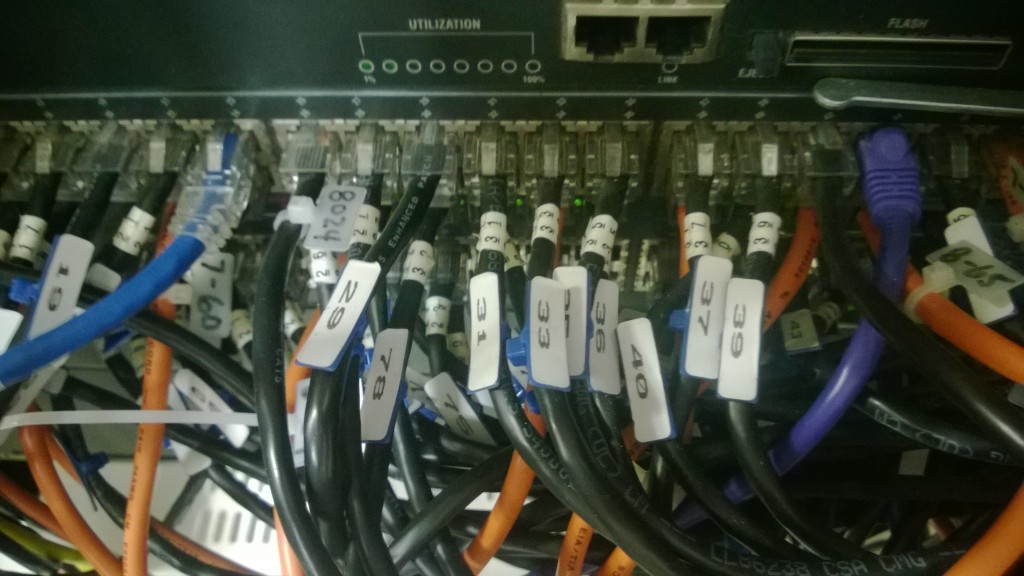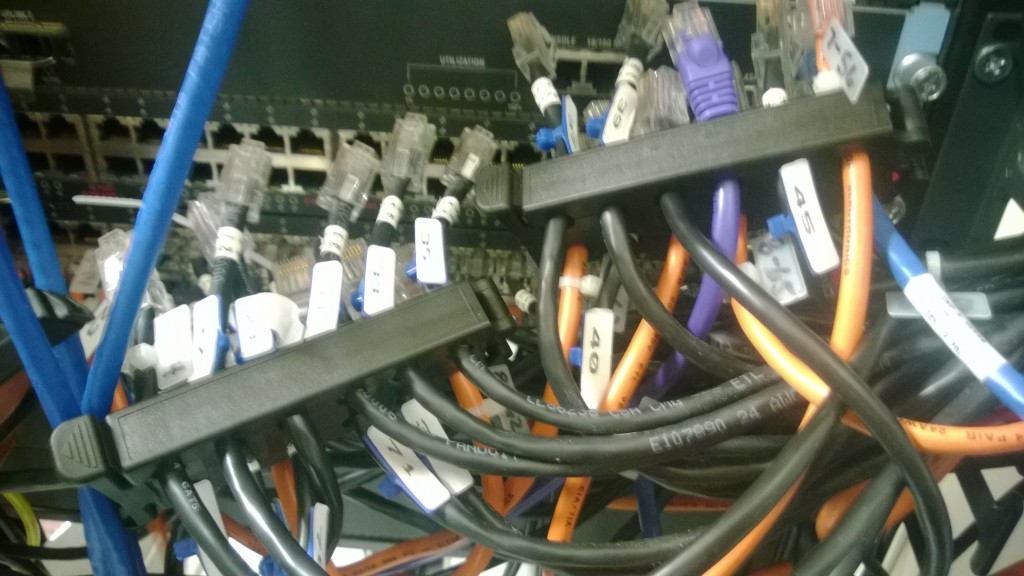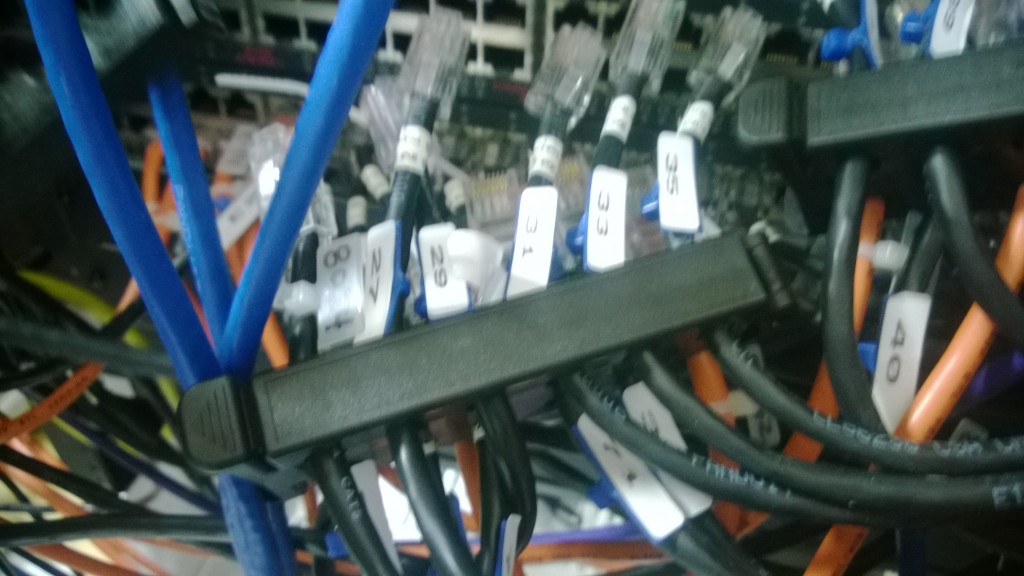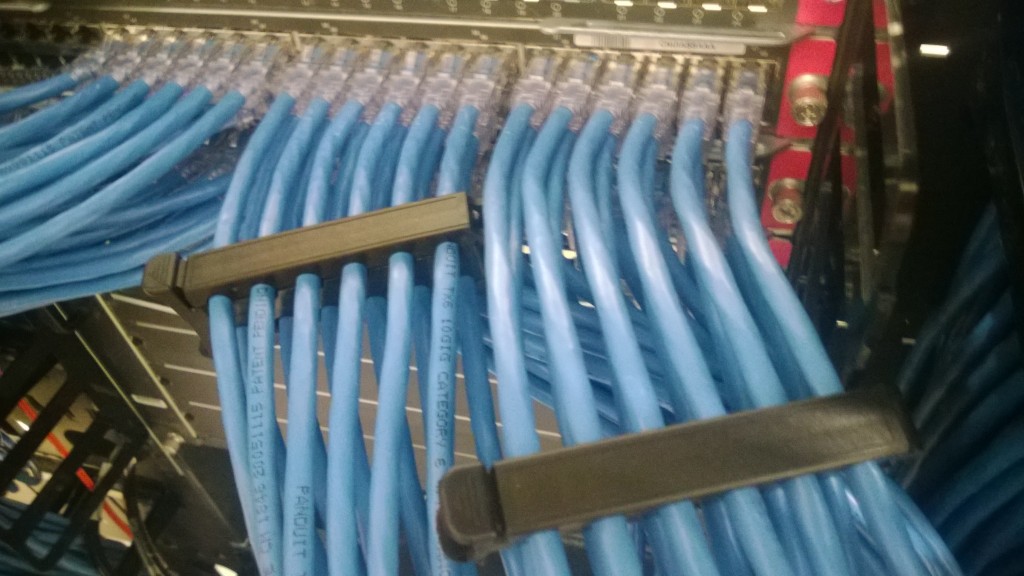 Switching upgrades are a necessary part of any network over a given period of time. Port speed requirements change. Platforms change. What doesn’t seem to change as often are the cables themselves. This is especially true in wiring closets. While I wish that the majority of wiring closets I have worked in had pristine cabling, this is sadly not the case in most of them.
Switching upgrades are a necessary part of any network over a given period of time. Port speed requirements change. Platforms change. What doesn’t seem to change as often are the cables themselves. This is especially true in wiring closets. While I wish that the majority of wiring closets I have worked in had pristine cabling, this is sadly not the case in most of them.
The biggest challenge with updating switching platforms in wiring closets is always the cabling. This is especially a challenge when your maintenance window does not include adequate time to replace or reorganize the cabling itself.
In the interest of doing the job correctly, given the overall limitations, it is generally advisable to label all of the patch cables so that you know which port it came out of and which port it needs to go into on the new switch. Labeling hundreds of drops takes a tremendous amount of time.
The last batch of wiring closets I upgraded would have been the same old process of labeling each cable ahead of time, except I was armed with a new tool that saved me from having to do that.
Sergeant Clip
In September of last year, I received the following message on Twitter from @sergeantclip:
I get these kinds of messages from time to time, but this particular product seemed intriguing, and so I went to the website and poked around a bit. I didn’t have a use for it at the time, but filed it away in my head as something I might be interested in down the road.
In December, I had some wiring closets to update for a client that involved removing older Cisco 6500, 4500, and 4003’s. They were to be replaced with Cisco 3850 switches. It is always a pain to move from chassis’ to single switches or vice versa. The cabling is going to go from a spread out configuration to a denser one or the other way around. When you have the ability to move the patch panels around to compensate for the physical changes, it works out pretty well. Unfortunately, that isn’t always the case.
In light of the work my co-workers and I would be doing in these wiring closets, I thought it would be a good idea to test out these Sergeant Clips and see if they could save us some time. They did. In fact, they saved us a LOT of time.
The product is pretty straightforward. Take a bundle of up to 12 cables and insert the clip around them. Clamp it down, and now a 12 cable bundle is able to be disconnected and reconnected in a pretty quick fashion. You just have to keep an eye on which bundle goes into which port group. Instead of labeling 48 cables per switch, you just had to worry about 4 clips.
Here are some photos of the Sergeant Clips without all the cabling:
Here is one of the wiring closets we had to perform work in. The cables are all over the place, and although they appear to be labeled, the labels did not always match the port number on each module.
Here is that same closet with the Sergeant Clips in use:
Not all closets were messy. This photo came from a closet that had relatively pristine Cat6 cabling. Even with the bulk of that cable when compared to Cat5, the clips still closed over a group of 12.
Closing Thoughts
This product is all about time savings. The sooner I can get a wiring closet swapped out with the new switches, the sooner I can move on to the next one. Over the course of a week and a half, we migrated to over 50 new Cisco 3850 switches from numerous Cisco platforms, with the most common being the 6504/6/9.
Any future migrations I do in wiring closets will include the Sergeant Clip. It was reasonably priced. I bought 16 of the 12 port clips and it was well under $100 USD. The product ships from the UK, so the prices are all in UK pounds. I’ll let you do the math and figure out how much it will cost you. Click here for the pricing section on their website.
I know what an hour’s worth of time costs my company per engineer, and I can tell you that the Sergeant Clip paid for itself within the first hour of use. If you are doing any sort of work in wiring closets, this NEEDS to be in your tool bag.
Disclaimer: I paid for this product out of my own pocket. I was not asked to write this by the folks at Sergeant Clip. They had no knowledge of this post before it was written. Yes, it is that good, and worth breaking a multi-month blogging hiatus. 🙂


